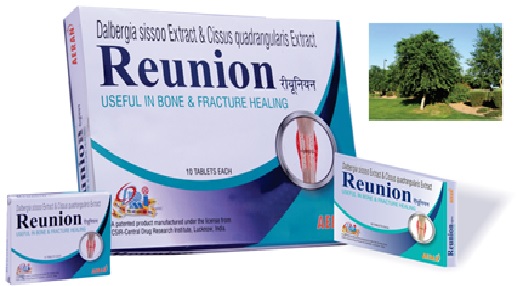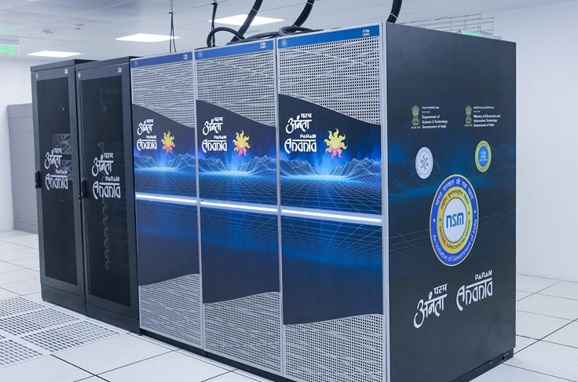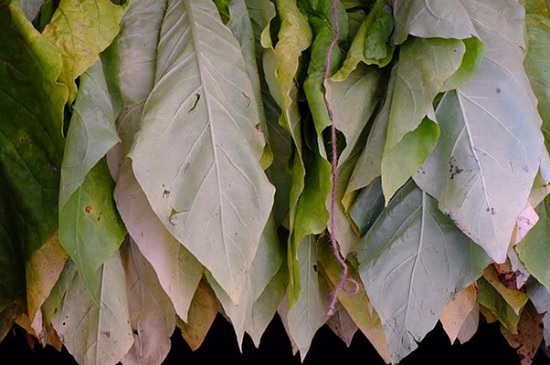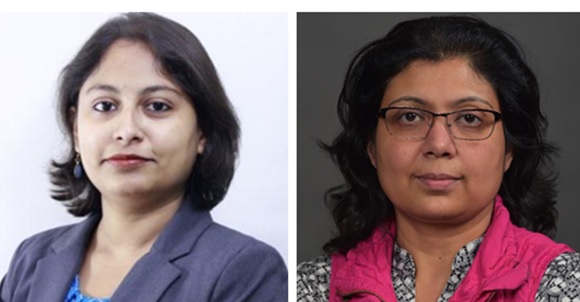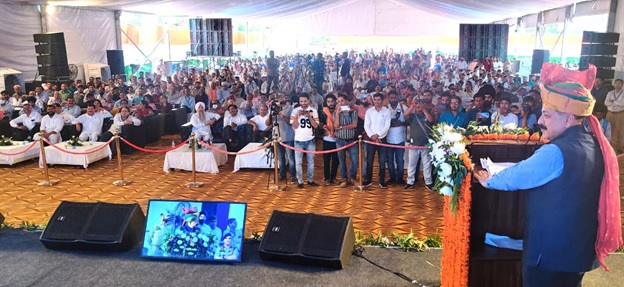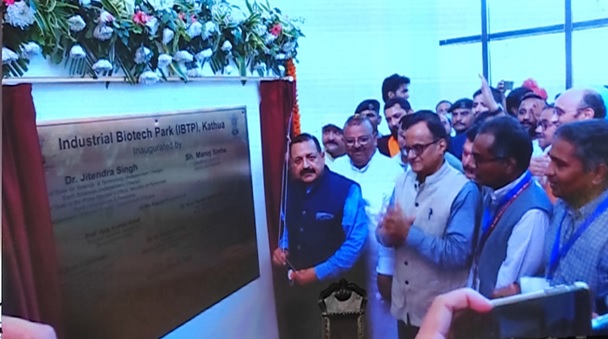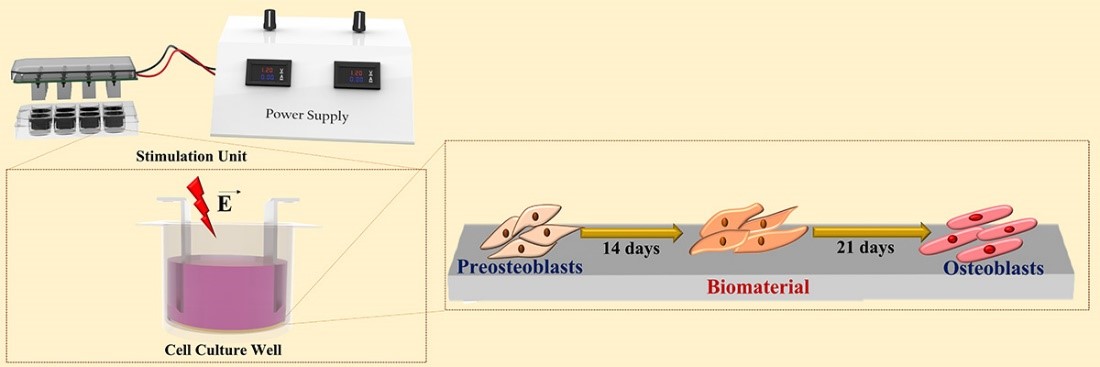
Researchers at the Indian Institute of Science (IISc), Bengaluru, have successfully grown bone cells in a culture plate using electric stimulation, faster than conventional techniques. The technique will also help in treating infections caused by bone injuries.
The technique devised by the IISc research team, led by Bikramjit Basu, Professor at the Materials Research Centre, Hardik J Pandya, Associate Professor at the Department of Electronic Systems Engineering, Nitu Bhaskar, Midhun C Kachappilly, and Bhushan Vhas, also holds promise in faster healing of fractures without having to wear a heavy plaster for months.
“With the help of electrical stimulation, immature bone cells could grow into fully formed bone cells faster,” said researchers while talking to India Science Wire.
Serious bone injuries have devastating effects on the lives of patients. It limits their functioning ability and causes huge discomfort. The role of electrical stimuli in directing cellular activities during the natural tissue healing and regeneration process has been well recognised.
The natural bone has a property called ‘piezoelectricity’, which is also involved in new bone formation, bone growth, and healing. The team has developed a composite material consisting of a polyvinylidene difluoride (PVDF) base mixed with barium titanate, and carbon nanotubes mimicking the electrical microenvironment of bone in the right way. This helps stimulate the bone cell responses needed for the generation of bone with electrical properties.
Researchers at the Indian Institute of Science (IISc), Bengaluru, have successfully grown bone cells in a culture plate using electric stimulation, faster than conventional techniques. The technique will also help in treating infections caused by bone injuries.
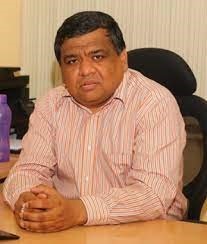
Bikramjit Basu
The membrane of a bone cell has channels for calcium ions. These ions pass on signals through different pathways to the cell for division, thus helping the bones grow. The flow of calcium ions through these channels is essential for the growth of our bones.
“Electrical stimulation given by the device fabricated by our team combined with a piezoelectric PVDF-based polymer composite promotes the growth and formation of new bone cells. This makes it a promising technique for manufacturing bone tissue,” researchers explain.
The researchers also observed that using an external electric field can enhance the activity of the channels, allowing more calcium ions to flow in, thereby helping bone cells divide faster and our bones to grow.
They found that the mouse bone cell precursors grew into fully formed bone cells much faster under these conditions. “In culture, a stimulator tool applied biophysical electrical stimulation of 1V/cm to bone cells for 10 minutes daily. The outcome shows that the PVDF composite can promote rapid expansion and maturation of bone cells”, said the researchers.
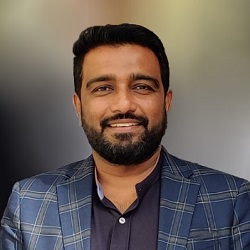
Hardik J. Pandya
This technique can potentially facilitate the development of implants and electrical stimulation that can be integrated with fractured bones to quicken healing. Through preclinical and clinical trials, the researchers hope to validate the usefulness of electrical stimulation.
The technology shows potential for developing implants that can be integrated with broken bones and help them heal faster.
India Science Wire
ISW/SM/BONE REGENERATION/IISc/Eng/08/02/2023
